Flat Roof
- Home
- Flat
Here’s a detailed list of how your roofing maintenance company can help with a flat roof:
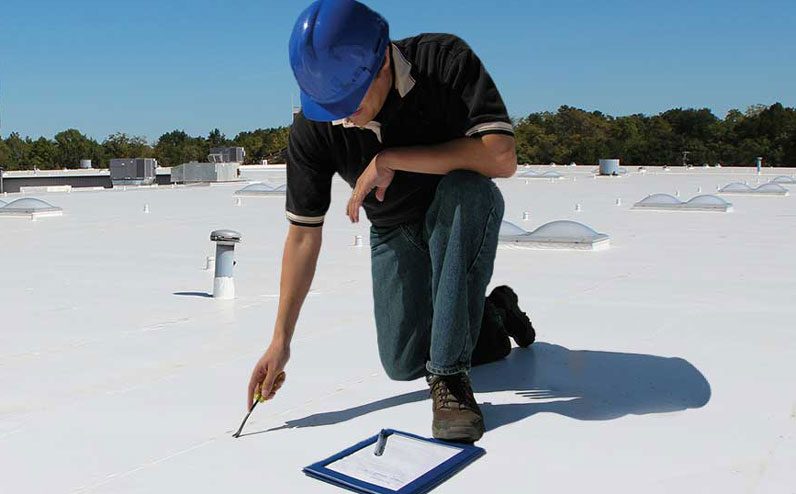
Flat Roof Inspection
Regular inspections to check for signs of wear, damage, or water pooling.
Examining seams, joints, and flashing to identify potential vulnerabilities.
Examining seams, joints, and flashing to identify potential vulnerabilities.
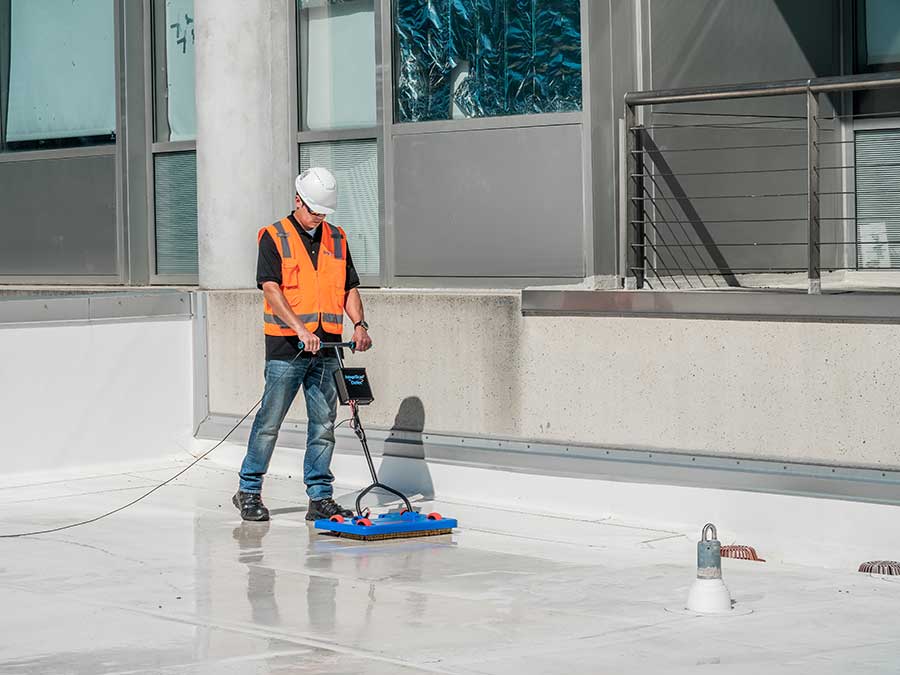
Flat Roof Leak Detection & Repair
Locating hidden leaks in flat roofs, which may be harder to detect.
Sealing cracks, gaps, and holes in the roof membrane to stop water infiltration.
Repairing damaged flashings and roof penetrations (vent pipes, drains, HVAC units).
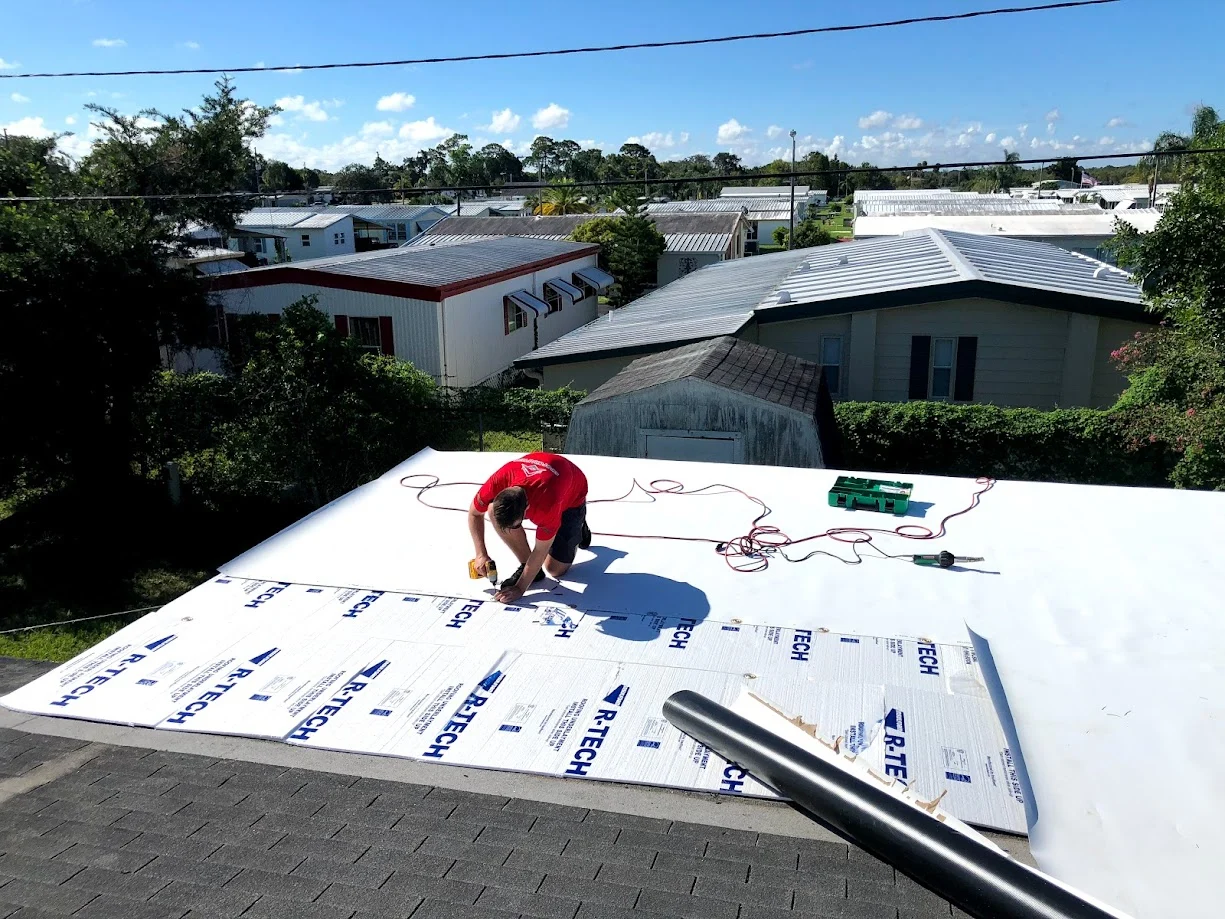
Roof Membrane Repair & Replacement
Patching or replacing sections of the flat roof membrane that are damaged or deteriorated.
Applying liquid coatings to extend the life of the membrane and enhance water resistance.
Installing new membrane material if the roof has reached the end of its lifespan.
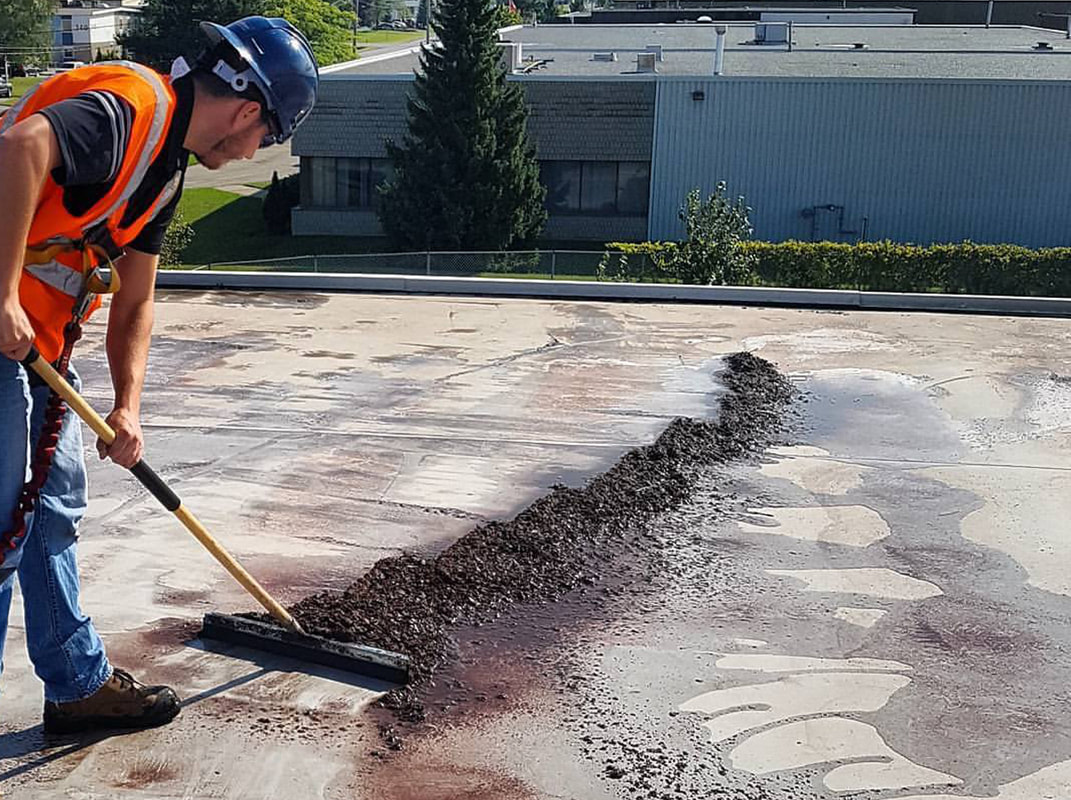
Flat Roof Cleaning
Clearing debris, leaves, and dirt that can accumulate on flat roofs and obstruct drainage.
Cleaning gutters and downspouts to ensure proper water flow and prevent blockages.
Removing moss, algae, or mold that can damage the roofing material and cause water retention.
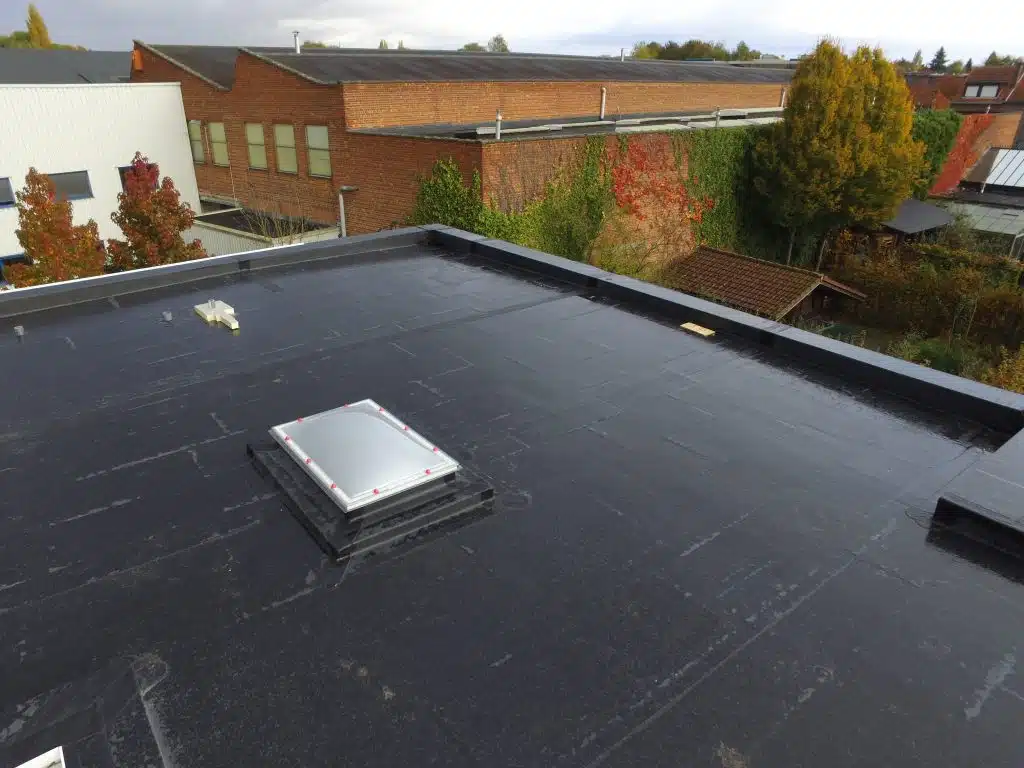
Drainage System Maintenance
Ensuring that the flat roof’s drainage system (scuppers, internal drains, and gutters) is functioning correctly.
Clearing blockages from the drains and gutters to prevent water pooling and potential leaks.
Checking for proper slope to ensure water is directed away from the roof surface.
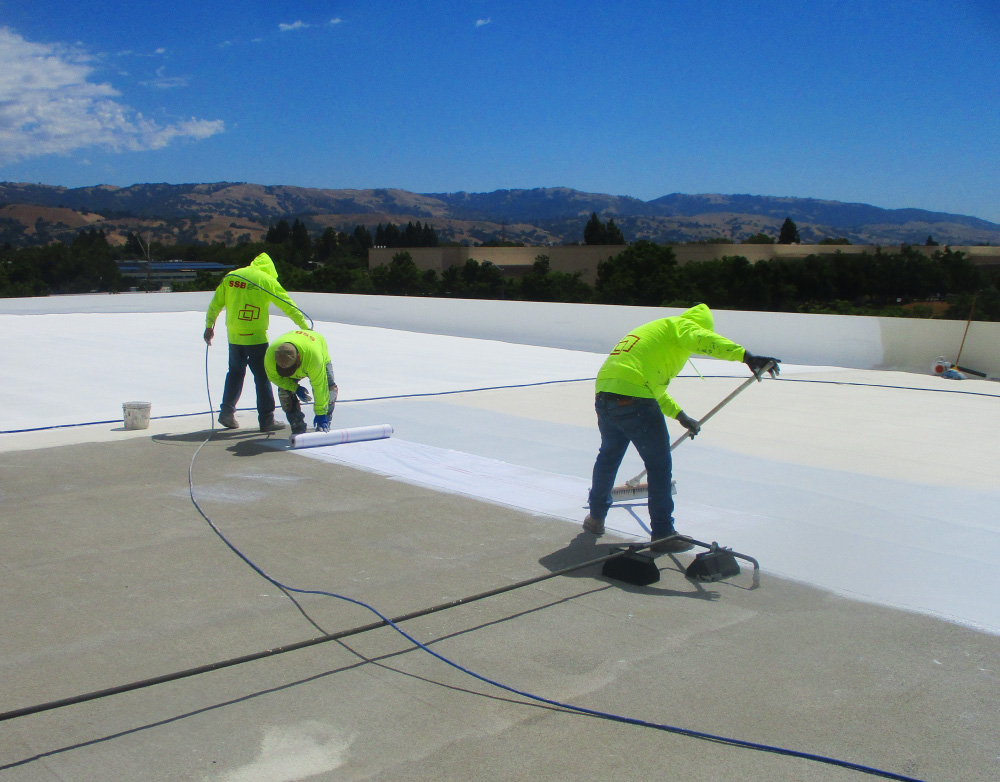
Flat Roof Coatings & Sealants
Applying reflective or protective coatings to improve UV resistance, energy efficiency, and waterproofing.
Using sealants on seams, flashing, and other vulnerable areas to prevent water infiltration.
Applying elastomeric coatings to increase the roof’s flexibility and protect against temperature fluctuations.
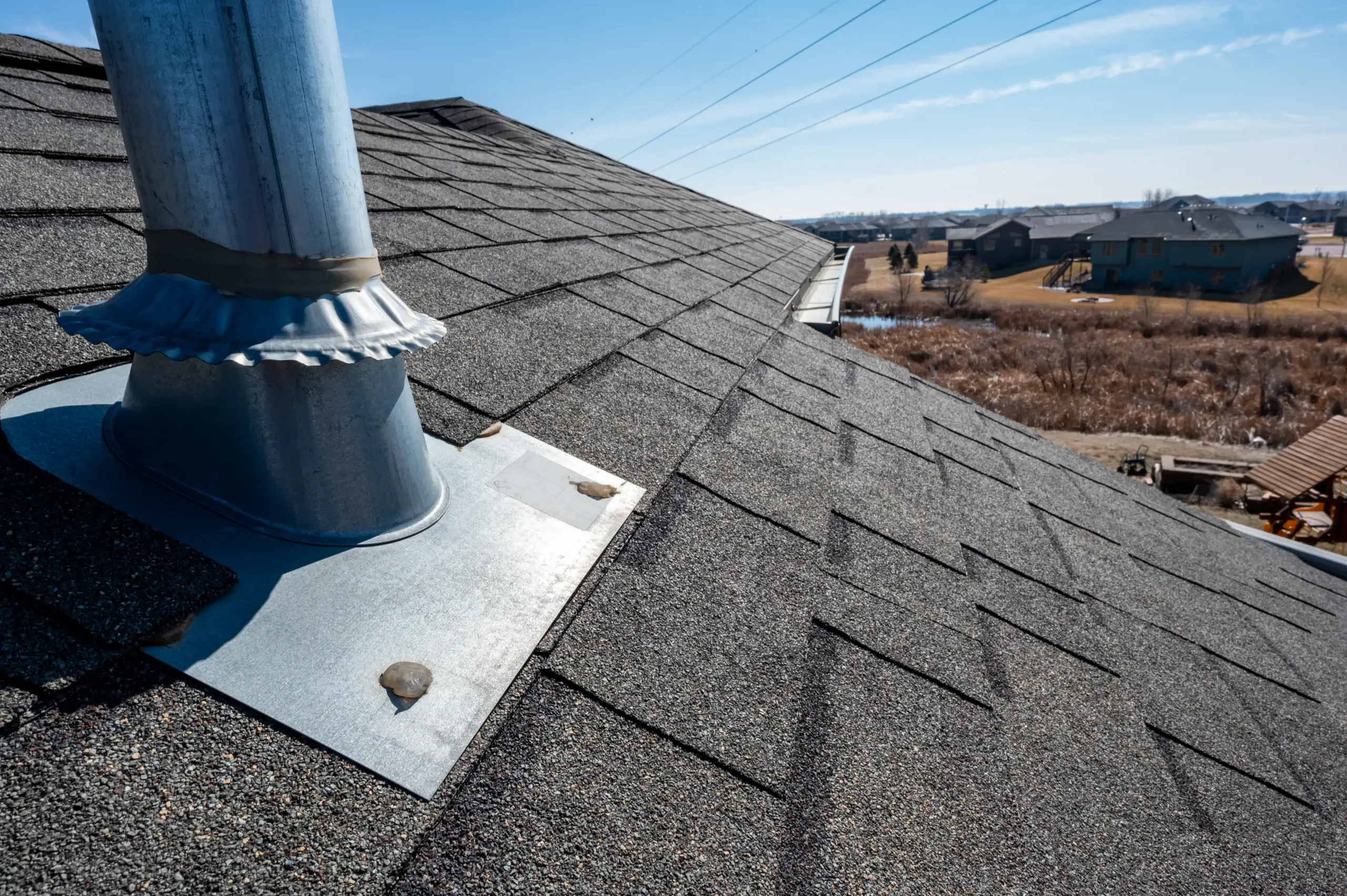
Flashings & Penetration Sealing
Inspecting and repairing the flashing around roof penetrations (chimneys, vents, HVAC units) to prevent leaks.
Ensuring seals around vents, skylights, and pipes are watertight to avoid moisture intrusion.

Blister & Puncture Repair
Addressing blisters or bubbles in the roof membrane caused by trapped moisture or heat buildup.
Repairing punctures and tears in the roof surface to prevent leaks and water damage.
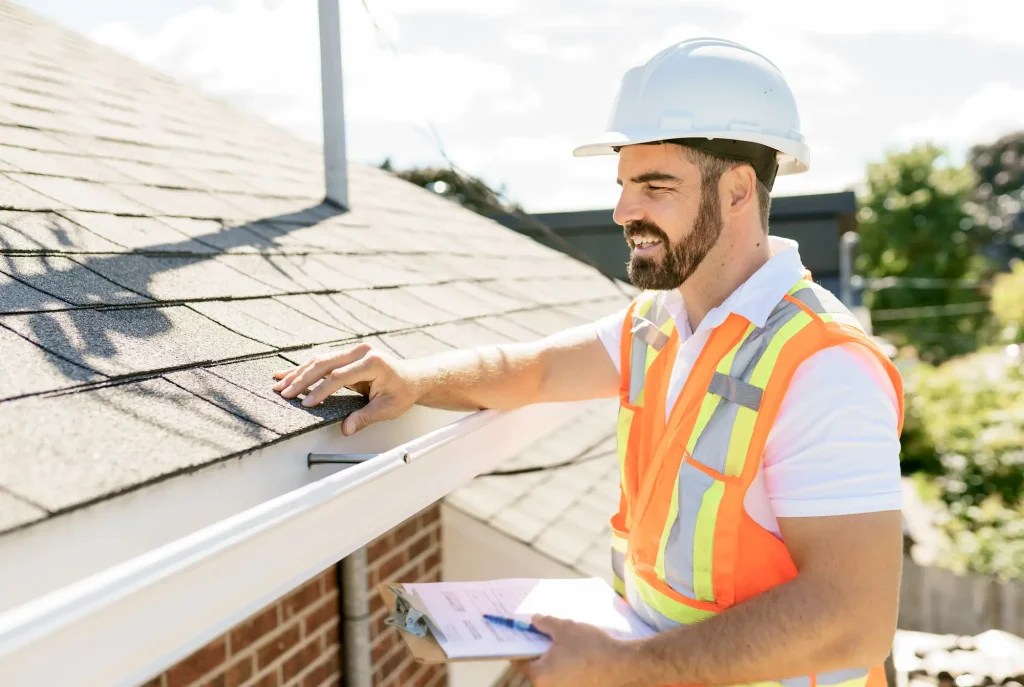
Structural Inspection
Checking the structural integrity of the flat roof, including load-bearing capacity and potential signs of sagging or uneven surfaces.
Inspecting for signs of stress on the roof deck and supporting framework.
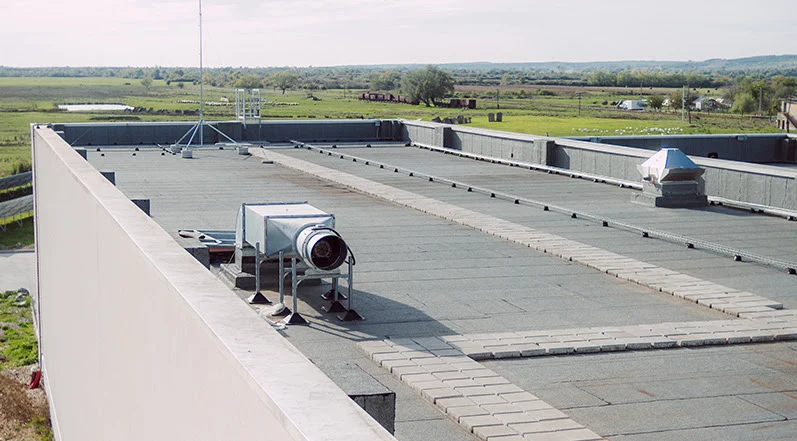
Ponding Water Management
Identifying areas where water pools or ponds on the roof, which can lead to long-term damage.
Regrading the roof to improve drainage and prevent water accumulation.
Installing additional drainage systems, if needed, to prevent standing water.
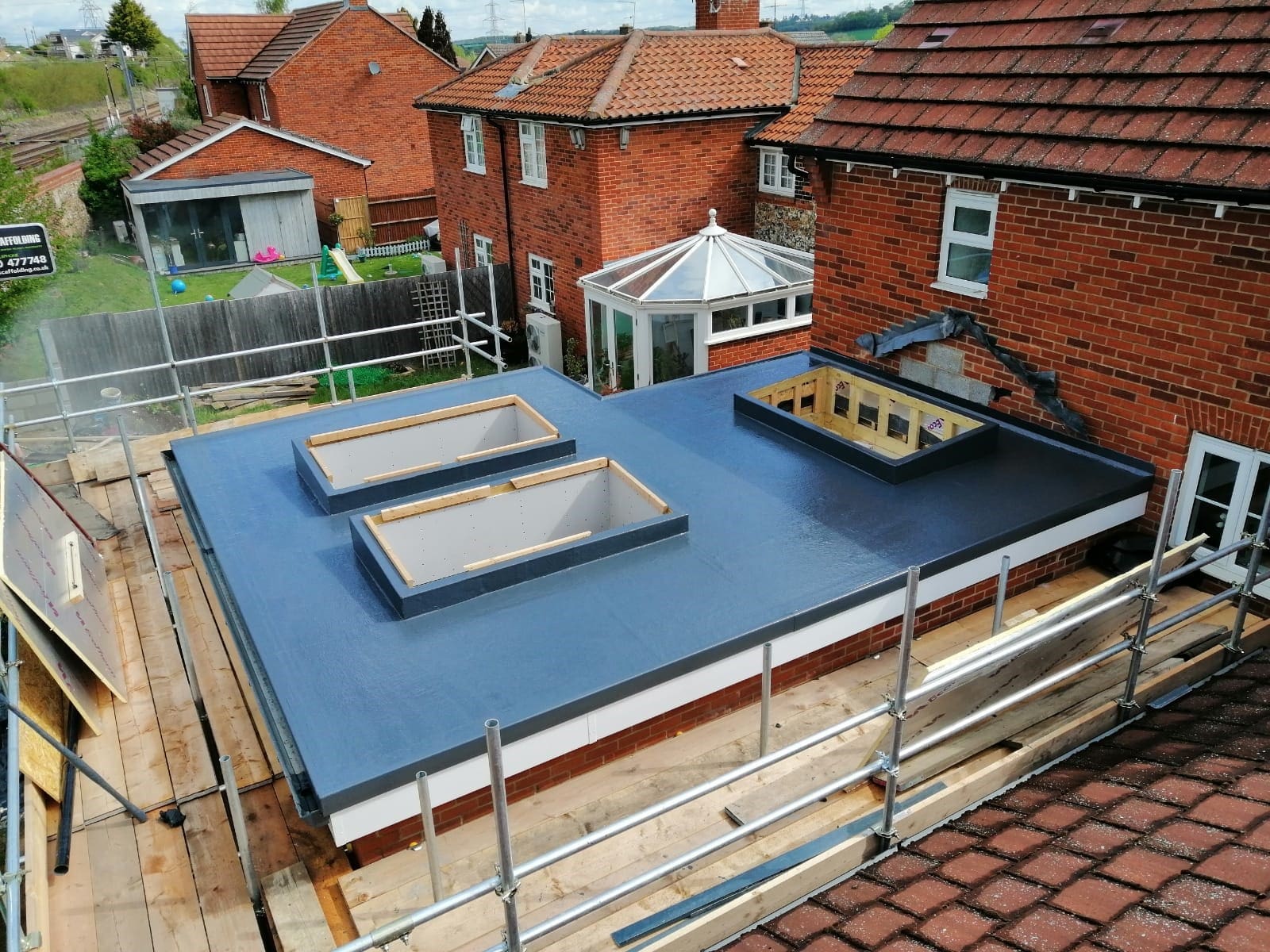
Energy Efficiency Upgrades
Installing energy-efficient roofing systems or reflective coatings to reduce energy costs by improving the roof’s thermal performance.
Suggesting additional insulation or cool roofing options to maintain consistent indoor temperatures.
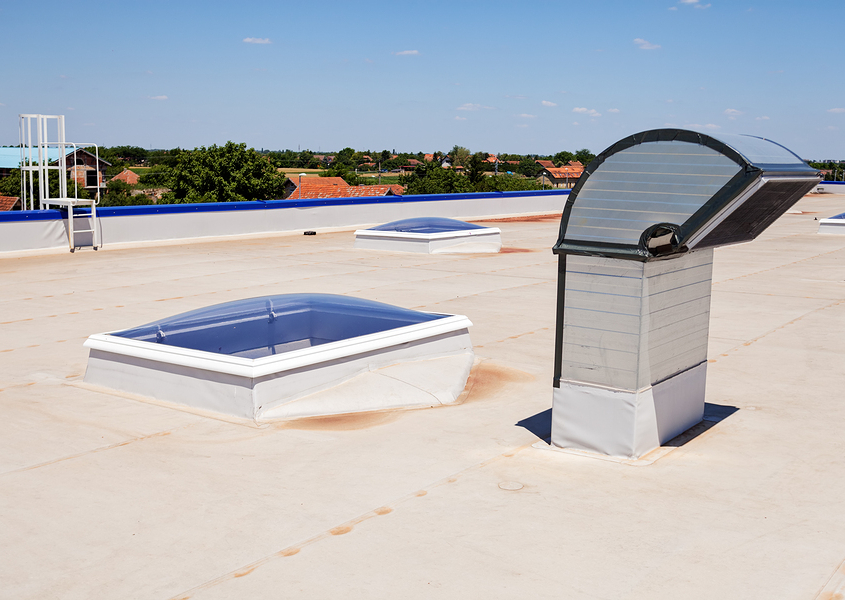
Preventative Maintenance Programs
Offering regular maintenance schedules to proactively manage the flat roof’s health and prevent expensive repairs.
Providing routine inspections and touch-ups to extend the lifespan of the roof and avoid emergency issues.
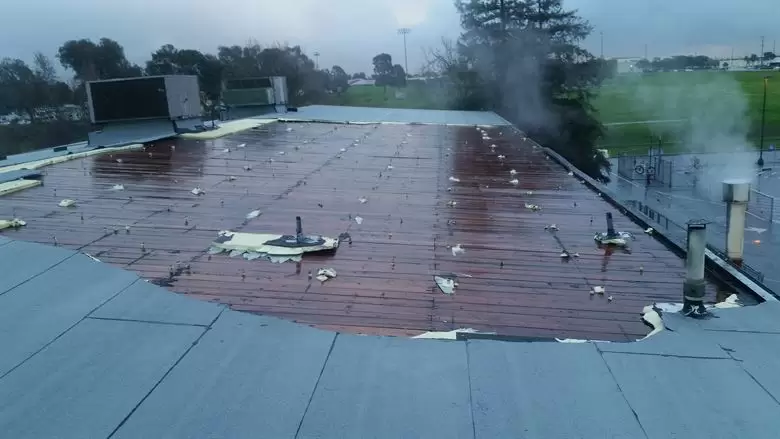
Storm Damage Repair
Inspecting and repairing damage caused by storms, such as hail, high winds, or falling debris.
Fixing any areas that could become vulnerable to leaks or further damage after extreme weather events.
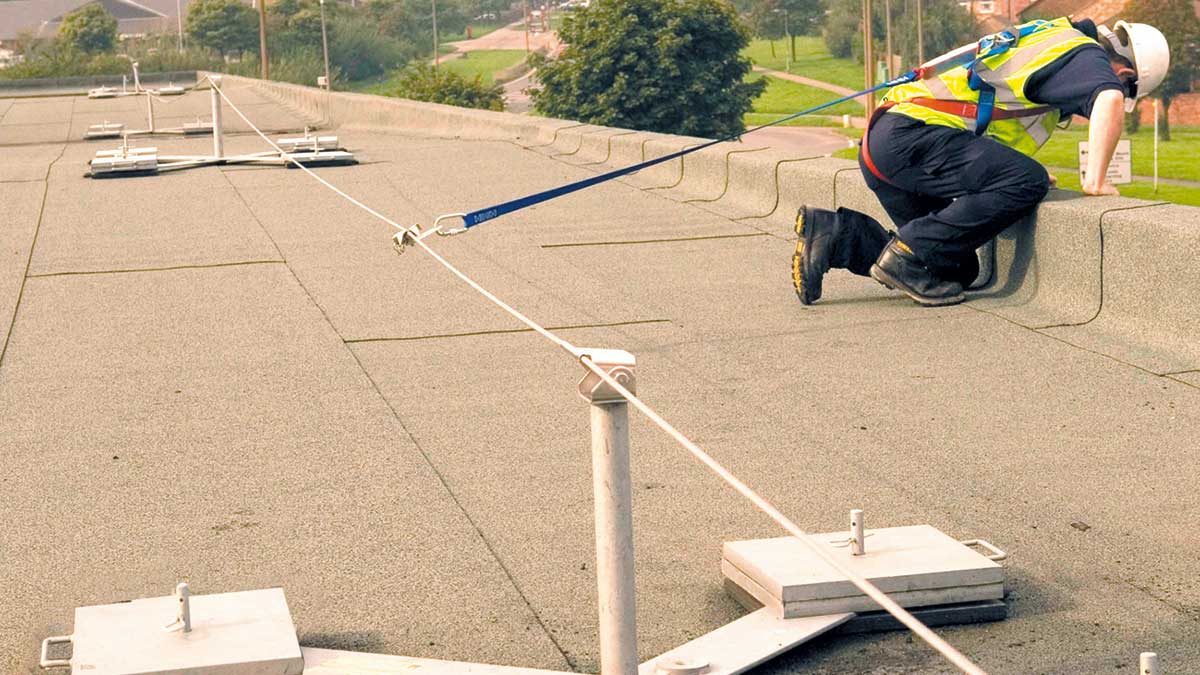
Roof Access Safety
Ensuring safe roof access for maintenance crews by installing appropriate ladders, guardrails, and fall protection systems.
Checking and repairing roof access points like hatchways or ladders to ensure safe entry and exit.
These services can help maintain the performance, safety, and longevity of a flat roof, ensuring it provides reliable protection for years to come.


